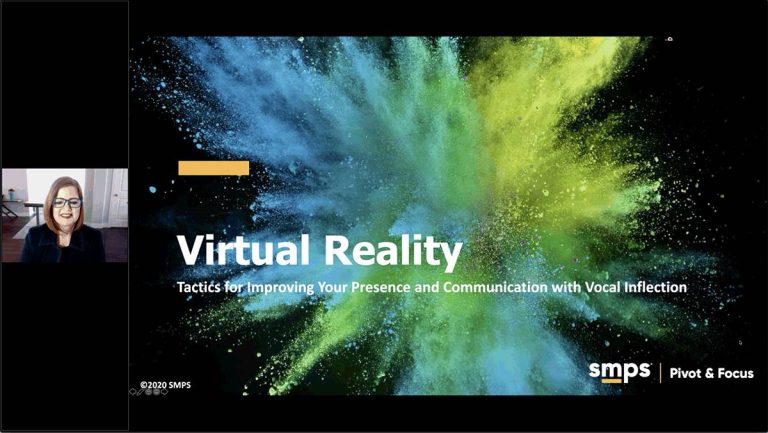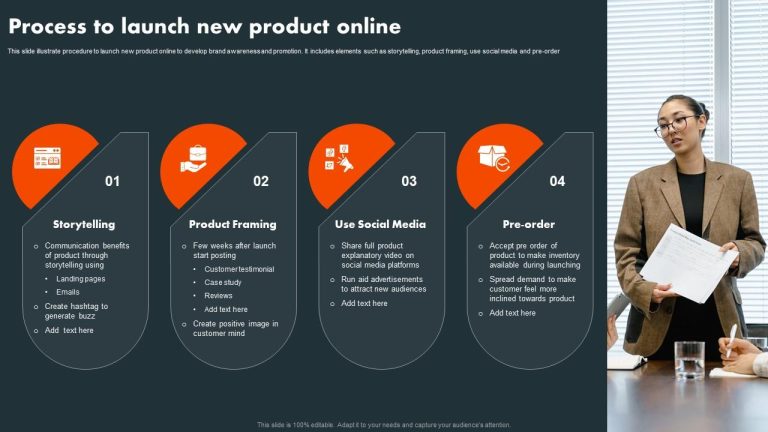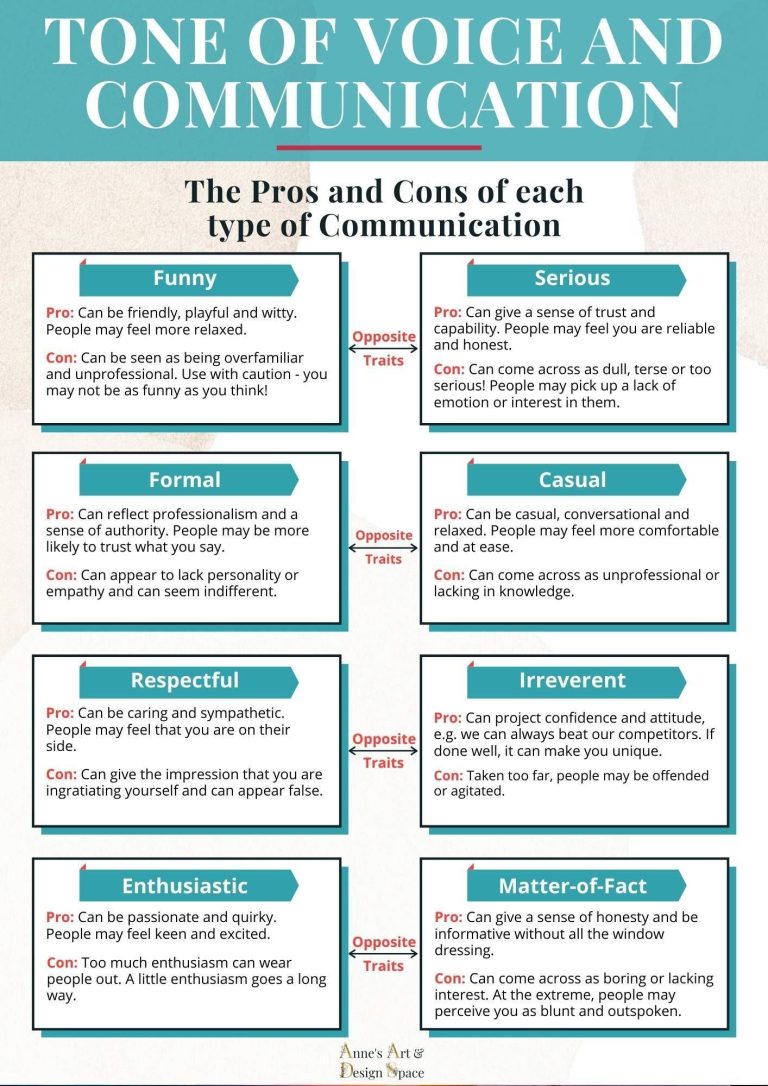Active Listening in Communication – All You Need to Know
Effective communication is a cornerstone of human interaction. Whether you’re engaging in a conversation with a friend, co-worker, or family member, active listening plays a vital role in ensuring your message is understood and valued. In this blog post, we will explore the concept of active listening, why it is crucial in communication, and how you can master this skill to improve your relationships and professional life.
What is Active Listening?
Active listening is a communication technique that involves fully focusing, understanding, and responding to a speaker during a conversation. It goes beyond simply hearing words; it’s about making a conscious effort to comprehend the message, emotions, and intentions behind the words. Active listening requires undivided attention, empathy, and a genuine desire to understand the speaker.
The Key Elements of Active Listening
- Silent Attention: To be an active listener, you must first silence your own inner dialogue and focus entirely on the speaker. Avoid formulating your response in your mind while the other person is talking.
- Non-Verbal Cues: Your body language, including eye contact, nodding, and facial expressions, should convey your engagement and interest in the conversation. These non-verbal cues signal to the speaker that you are fully present.
- Reflective Responses: When the speaker pauses or finishes, offer feedback that shows you’ve been actively listening. You can paraphrase what you’ve heard, ask clarifying questions, or provide empathetic responses. This not only validates the speaker’s feelings but also confirms your understanding.
- Empathy: Try to put yourself in the speaker’s shoes and understand their emotions and perspective. Empathy is a key component of active listening and can help build trust and rapport.
Why Is Active Listening Important?
Active listening has a profound impact on both personal and professional relationships. Here are some of the reasons why it’s essential:
- Enhanced Understanding: Active listening helps you gain a deeper understanding of the speaker’s point of view, which is crucial for resolving conflicts, making informed decisions, and building trust.
- Conflict Resolution: By actively listening, you can identify the root causes of disagreements and find common ground for resolution. This can lead to more harmonious relationships in both personal and professional contexts.
- Improved Problem-Solving: Active listening fosters an open and collaborative atmosphere where all parties involved feel heard and respected. This can lead to more effective problem-solving and decision-making.
- Strengthened Relationships: When people feel heard and understood, they are more likely to develop stronger connections and trust. This is essential for maintaining healthy relationships.
- Effective Communication: Active listening helps reduce miscommunication and misunderstandings, ultimately leading to more effective and productive conversations.
How to Master Active Listening
Mastering active listening is a crucial skill that can greatly enhance your communication abilities and relationships. In addition to the strategies you’ve mentioned, here are a few more tips to help you become a master of active listening:
- Practice Mindfulness: Before engaging in a conversation, take a moment to clear your mind and focus on the present. This will help you remain fully engaged during the discussion.
- Maintain Eye Contact: Maintain appropriate eye contact to show your attentiveness, but be careful not to stare, which can be uncomfortable.
- Minimize Distractions: Put away your phone, turn off the TV, and create a distraction-free environment to give your undivided attention to the speaker.
- Paraphrase and Reflect: After the speaker has finished, paraphrase their main points and ask clarifying questions to ensure you’ve understood correctly.
- Show Empathy: Convey empathy through your responses. Acknowledge the speaker’s emotions, even if you don’t agree with their perspective.
- Be Fully Present: Actively engage in the conversation by being fully present and mentally focused on the speaker. Avoid thinking about what you’ll say next or unrelated issues.
- Avoid Interrupting: Resist the urge to interrupt the speaker. Let them finish expressing their thoughts before responding. Interrupting can be seen as disrespectful and hinder effective communication.
- Use Open Body Language: Your body language plays a significant role in active listening. Maintain an open and welcoming posture, which includes facing the speaker, uncrossing your arms, and leaning slightly forward to show interest.
- Reflect on Your Biases: Be aware of your own biases and prejudices that may affect your ability to listen actively. Make an effort to set aside your preconceptions and approach the conversation with an open mind.
- Practice Patience: Some people may need more time to articulate their thoughts or feelings. Be patient and give them the time they need to express themselves without rushing them.
- Silent Encouragement: Use non-verbal cues like nodding, smiling, or making affirmative gestures to show that you are engaged and encouraging the speaker to continue sharing.
- Avoid Giving Unwanted Advice: Active listening is about understanding and not necessarily problem-solving. Avoid immediately offering advice or solutions unless the speaker explicitly requests your input.
- Maintain a Balance: While it’s important to show empathy, don’t overdo it. You can acknowledge the speaker’s emotions without making it all about you. Keep the focus on them.
- Ask Open-Ended Questions: Encourage the speaker to expand on their thoughts by asking open-ended questions. These questions require more than a simple “yes” or “no” response and promote deeper discussion.
- Practice Empathetic Listening: Try to understand the speaker’s perspective by putting yourself in their shoes. This fosters empathy and helps you connect on a deeper level.
- Respect Boundaries: Be sensitive to the speaker’s emotional state and boundaries. If they seem uncomfortable discussing a certain topic, respect their wishes and avoid pushing them to share more than they are comfortable with.
- Provide Feedback: After the speaker has finished, offer constructive feedback that demonstrates your understanding of their message. This can help validate their feelings and ensure clarity.
- Learn from Feedback: Welcome feedback on your active listening skills. Ask the speaker if they felt heard and understood. Use their feedback to improve your listening techniques.
- Continuous Improvement: Active listening is a skill that can always be refined. Continuously work on improving your ability to listen actively, adapt to different communication styles, and be open to learning from each conversation.
Conclusion
Active listening is a fundamental skill for effective communication. It involves being fully present, understanding the speaker’s perspective, and responding with empathy and respect. By mastering active listening, you can improve your relationships, enhance your problem-solving abilities, and become a more effective communicator in both personal and professional settings. Practice and patience are key to developing this valuable skill, but the rewards in improved relationships and communication are well worth the effort.




